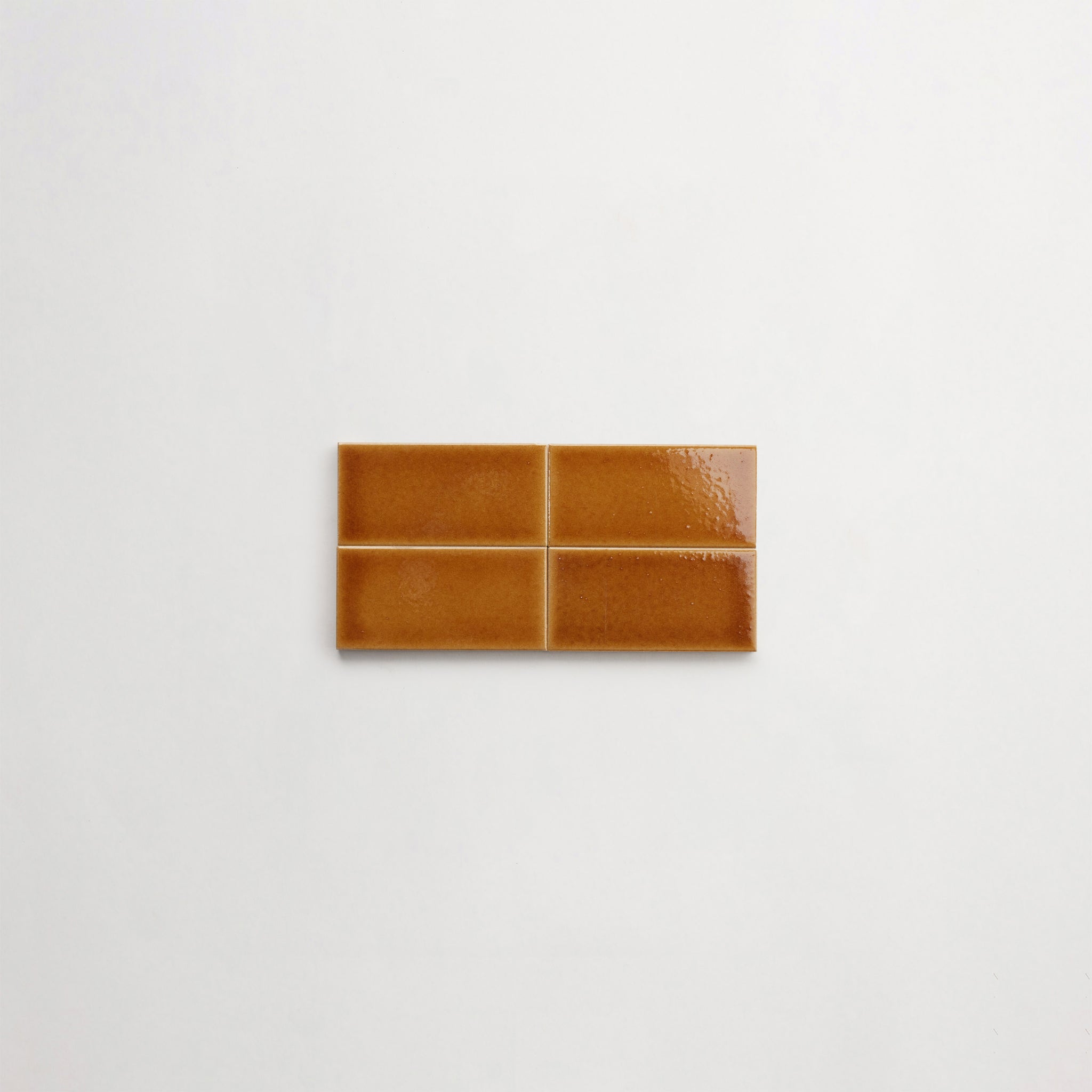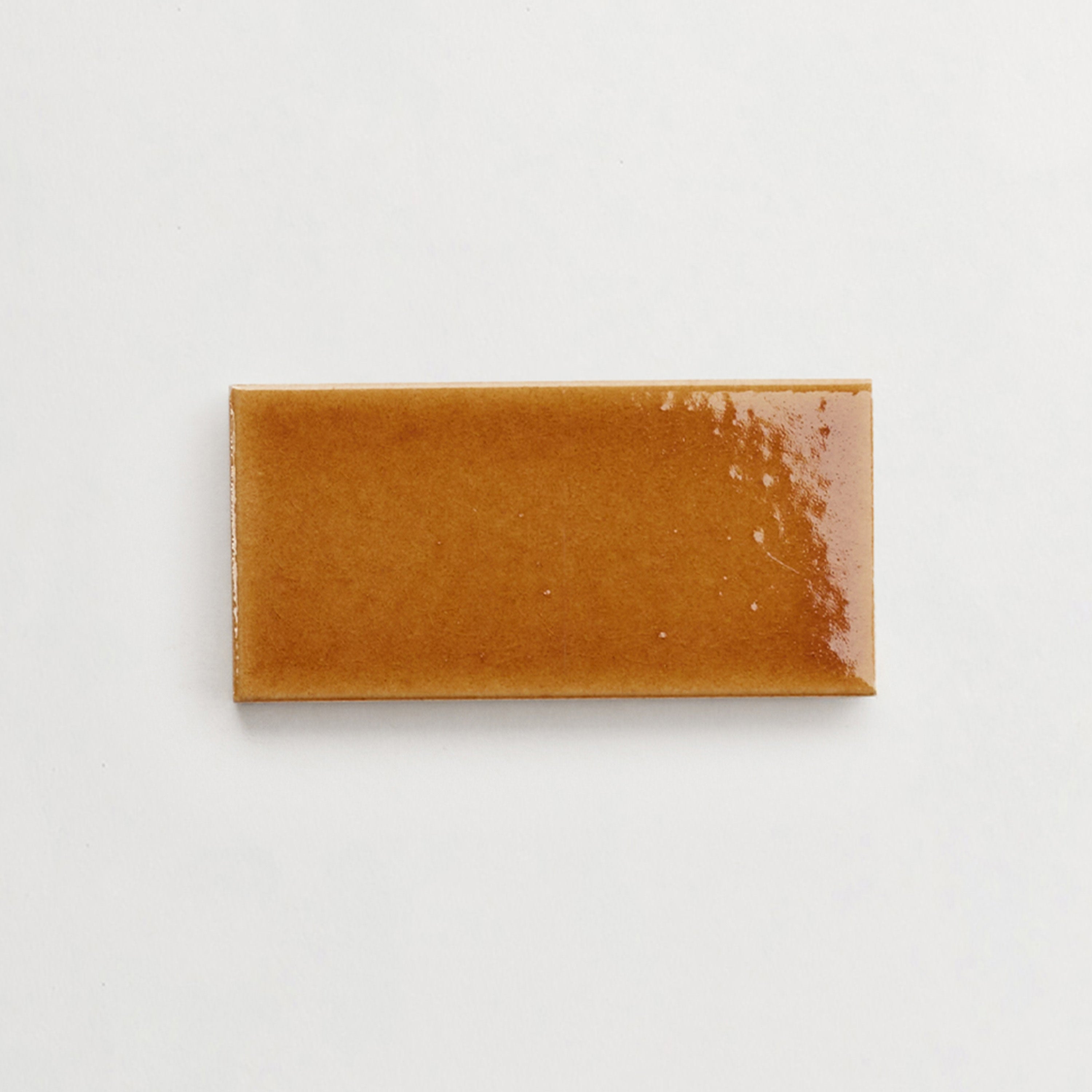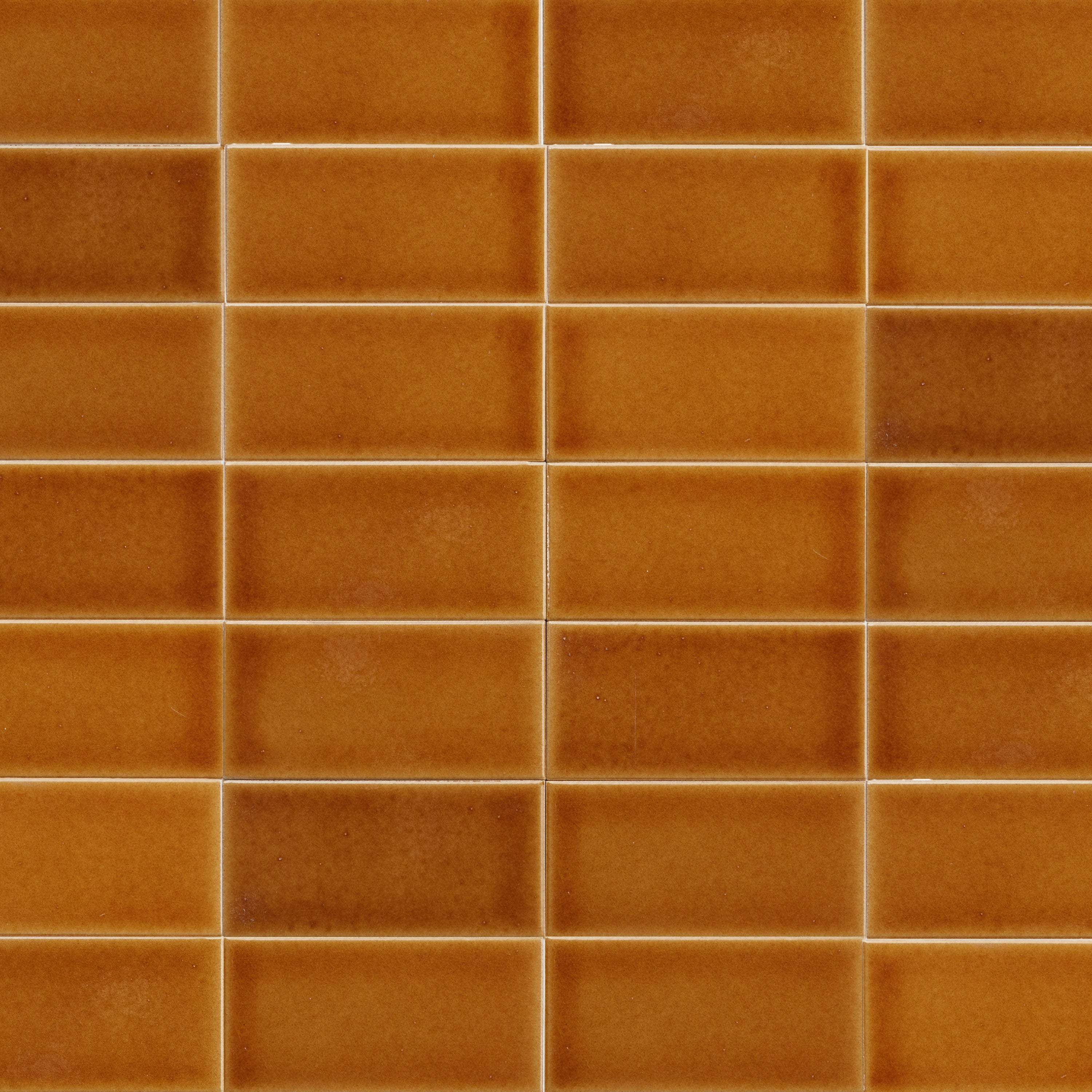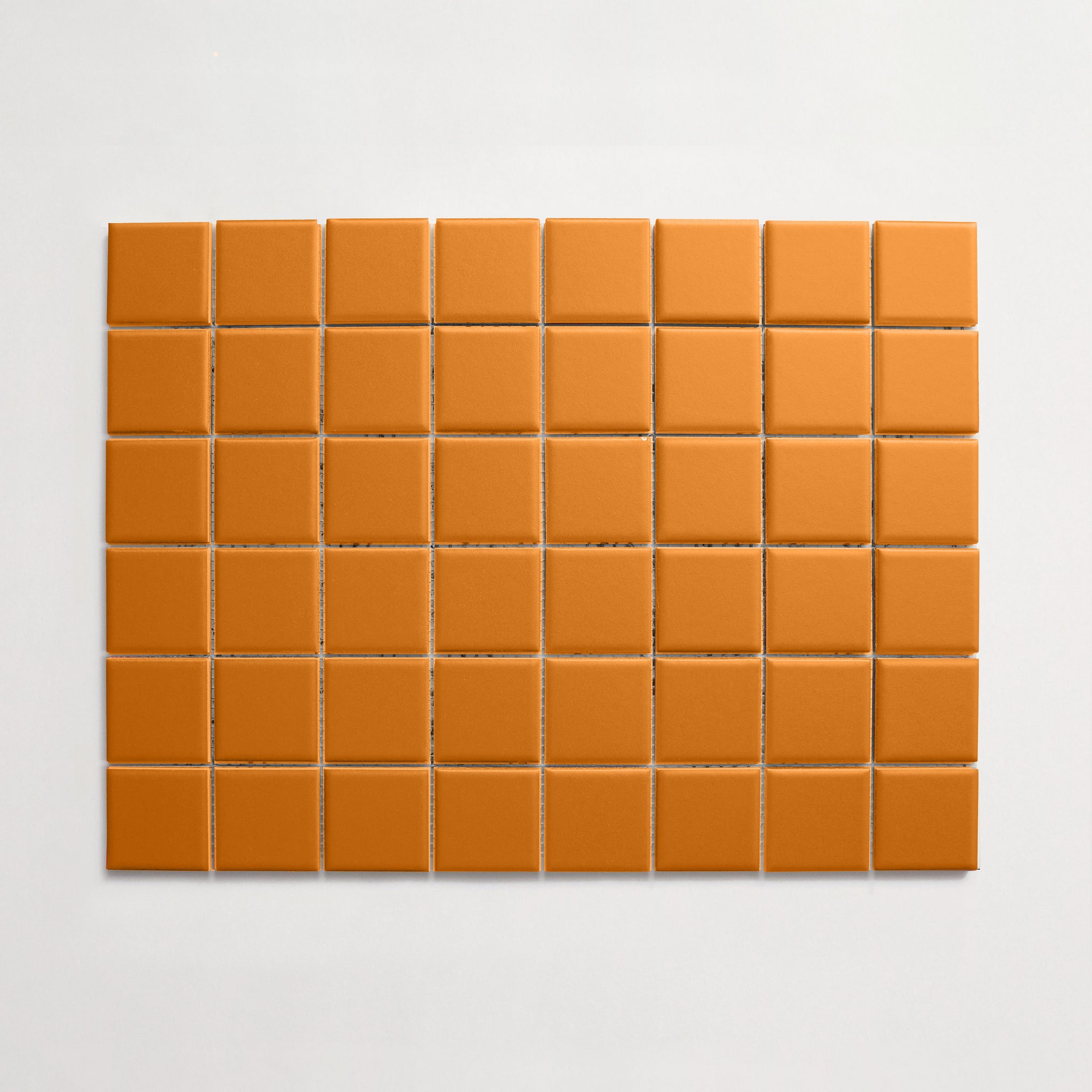your shopping cart is empty.

Lido: Splash, 1x1" Bouchon, Meraviglia, Gloss
Porcelain Pavers vs Concrete Pavers: Which to Install Outside?
If you’ve ever found yourself debating between porcelain pavers and concrete pavers for an outdoor project, you’re not alone. With so many types of tile to choose from — and so much riding on the decision — it can be difficult to commit to just one option. After all, the patio or pathway you design will need to withstand foot traffic, changing weather, and the test of time, all while complementing the surrounding landscape and architecture.
This guide will walk you through the key differences between porcelain pavers and concrete pavers, highlighting their durability, maintenance needs, design versatility, and typical cost. By the end, you’ll know which material is the best choice for your project and why we usually recommend porcelain pavers as the perfect choice for outdoor settings.
What are Porcelain Pavers?
Porcelain pavers are a type of outdoor ceramic tile that has been engineered for exterior use. (So, to answer the question can you use ceramic tile outside? the answer is a resounding yes.) Made from refined clay fired at extremely high temperatures, these tiles have a dense, non-porous, and exceptionally durable surface that’s resistant to stains, scratches, and moisture. Their design versatility allows them to come in a wide variety of colors, offering an elevated aesthetic for outdoor environments.
What are Concrete Pavers?
Concrete pavers are formed by mixing cement, sand, gravel, and pigments into molds, then curing them until they harden. This process produces a sturdy and relatively affordable paving option that can be cast into a variety of shapes and sizes. While concrete pavers are known for their versatility and strength, they do remain porous. This can lead to issues with water absorption and fading over time.
Porcelain vs Concrete Pavers: Differences and Similarities
At first glance, porcelain and concrete pavers may seem nearly interchangeable. They’re both durable, versatile, and ideal for exterior installations such as patios, pathways, and pool decks. Both materials can suit a range of design aesthetics and handle the wear of heavy foot traffic. But once you take a closer look, the differences become clear.
Similarities Between Concrete and Porcelain Pavers
Both porcelain and concrete pavers are strong, stable, and suitable for high-traffic outdoor areas. They can handle exposure to the elements, support outdoor furniture, and maintain structural integrity under changing temperatures. Their modular formats also make them relatively straightforward to install compared to poured materials like concrete slabs. (That said, you should always partner with a skilled tile setter for your outdoor paver installs.)
Key Differences Between Concrete and Porcelain Pavers
While concrete pavers are made from cement-based mixtures, porcelain pavers are composed of refined clay and minerals that have been fired into a hard, vitrified surface. This distinction impacts everything from their durability and water absorption to installation and maintenance.
Porcelain typically comes at a higher price point due to its manufacturing process and premium performance, but that investment often pays off over time. Porcelain’s water absorption rate is less than 0.5%, meaning it’s practically impervious to moisture and won’t crack or stain easily. Concrete, by contrast, is porous and can absorb water, leading to potential cracking in climates that see freeze-thaw cycles.
Porcelain also offers superior slip resistance, even when wet, when you opt for matte and matte grip finishes — a crucial factor for patios and pool surrounds. Concrete can be slip resistant as well, but it may require added texturing or sealing to maintain that quality.
Installation differs too: The density of porcelain pavers means they must be handled with care and ideally installed by professionals to ensure a level, stable surface. Concrete pavers, being thicker and slightly more forgiving, are somewhat easier for contractors to set in place.
Finally, porcelain withstands weather extremes far better than concrete. It doesn’t fade in sunlight or deteriorate in harsh conditions, making it an excellent choice for long-term design projects in any climate.
Pros and Cons of Porcelain Pavers
There are many reasons to choose porcelain pavers for your next outdoor project, along with a few things to consider.
Pros
Porcelain pavers come with an impressive list of advantages that make them a solid choice for designers and architects seeking longevity and sophistication. Their exceptional durability ensures they resist cracking, fading, and wear, even in high-traffic areas. They’re also remarkably low maintenance, requiring little more than occasional cleaning with water and mild detergent to look pristine. Because they’re non-porous, these tiles resist stains, moisture, and scratches, performing beautifully in damp or humid environments.
Designers also appreciate the versatility of porcelain pavers. They’re available in a wide variety of colors, shapes, sizes, and textures, aligning seamlessly with both traditional and modern outdoor schemes. And since they are often produced using environmentally friendly methods and recycled materials, they can be a sustainable and forward-thinking material choice.
Cons
Of course, there are a few considerations to keep in mind. Porcelain pavers do come with a higher initial cost than concrete, reflecting their quality and longevity. Their density also means installation can be more complex. We always recommend professional installation by a skilled contractor to ensure precise leveling and spacing. In cooler climates, porcelain can also feel cold underfoot, particularly in shaded areas.
Finally, while the design range is extensive, porcelain pavers may not replicate the depth and tonal variation of, say, natural stone. (If the organic look of stone is what you’re after, we recommend travertine tile or slate pavers.) Still, the durability and low maintenance requirements of porcelain pavers make them a consistently excellent choice for long-lasting outdoor design.
Pros and Cons of Concrete Pavers
Concrete pavers offer some advantages — and a number of disadvantages, as well — for outdoor use.
Pros
Concrete pavers remain popular thanks to their range of options and affordability. Available in a variety of colors, shapes, and sizes, they can be mixed and matched to create unique pathways or patterned patios. They’re also a cost-effective paving solution, as they are less expensive than materials like natural stone, granite, or clay. Concrete pavers are also durable and strong, performing well under heavy loads and weather fluctuations. Their resistance to freezing and thawing cycles, along with their natural slip resistance, makes them a reliable option for outdoor applications.
Maintenance for concrete pavers can also be straightforward. When pavers become damaged, it’s possible to have them swapped out without redoing an entire area. Their uniform shape simplifies installation, as well.
Cons
Concrete pavers aren’t without drawbacks. Because they’re made with color pigments, their hues can fade over time, especially in areas that are exposed to direct sunlight. The porous nature of concrete also leaves it vulnerable to erosion and staining if not properly sealed. Over time, this can impact both the appearance and the longevity of the installation. To maintain performance and color, concrete pavers must be sealed regularly, adding to long-term maintenance costs.
While strong, concrete pavers simply do not match the lifespan or weather resistance of porcelain. For designers seeking a material that will remain consistent and low maintenance year after year, porcelain pavers are often the better investment.

Lido: Soie, ½" x ½" Confetti, Aquamarine, Gloss. Photo courtesy of Charles Deluvio.
Porcelain Pavers vs Concrete Pavers Costs
When comparing porcelain vs concrete pavers, cost is often the deciding factor. Concrete pavers generally have a lower price per square foot, making them appealing for budget-conscious projects or large-scale installations. However, their affordability up front can be offset by ongoing maintenance costs. Regular sealing, occasional repairs, and the potential for color fading or erosion all contribute to long-term expenses.
Porcelain pavers, meanwhile, come with a higher initial price point, but their performance and minimal maintenance make them a cost-effective option over time. They don’t require sealing, resist staining, and retain their color and texture for many years. Installation costs for porcelain can be slightly higher due to their density and the need for professional handling, but the result is a seamless, long-lasting surface that requires virtually no upkeep.
When factoring in the full lifecycle of the material — installation, maintenance, and replacement — porcelain often proves to be the best choice financially and functionally. It’s also worth noting that the cost of porcelain can vary depending on design, finish, and thickness.
To get the most accurate cost estimate possible, visit the product page for each type of tile you are considering. Here, you can view specific pricing information and calculate the total project cost using the square footage. Be sure to account for roughly 15% overage in your order to accommodate cuts and layout adjustments.
Final Thoughts: Porcelain vs Concrete Pavers, Which Is Right for Me?
When deciding between porcelain and concrete pavers for an outdoor space, the choice ultimately comes down to the goals and demands of your project. Concrete can be a solid choice for temporary or lower-budget installations where design flexibility and affordability are top priorities. It performs well under normal outdoor conditions and offers a range of visual options.
However, if the intent is to create a timeless patio or terrace that endures weather, wear, and evolving design trends, porcelain pavers are the perfect choice. Their combination of beauty, strength, and ease of maintenance makes them an excellent choice for long-term, design-forward applications. Porcelain’s slip resistance in matte finishes ensures safety underfoot, while its resistance to moisture and fading guarantees lasting visual appeal.
Our porcelain tile collection offers a variety of options that merge durability with aesthetic versatility — ideal for contemporary courtyards, pool decks, or urban rooftops. For further inspiration, explore our guide to the best flooring for outdoor patio projects, browse outdoor porcelain tile ideas, and get a definitive answer to the question: Can porcelain tiles be used outside?
In the end, porcelain offers not just performance, but peace of mind — a surface as elegant as it is enduring, designed to outlast trends and seasons alike.
-
Copper Penny
-
Lido
:
-
Acquiterre
-
4
" x
-
16
" x
-
⅝
"
-
sqft
/
$
-
Terra A
-
Dzek + Formafantasma
:
-
ExCinere
-
4
" x
-
4
" x
-
⅛
"
-
sqft
/
$
-
Satsuma Peel
-
Colorwerks
:
-
Alegria
-
8
" x
-
8
" x
-
⅞
"
-
sqft
/
$












